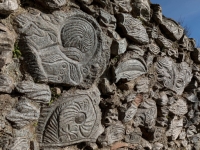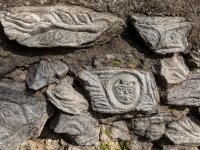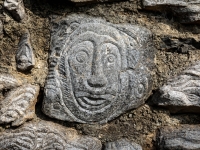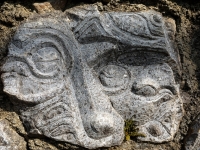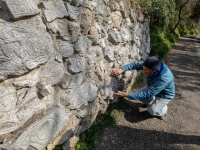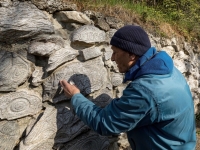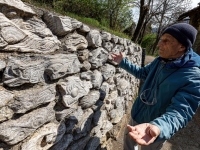Kultur
The «Via delle Pietre» by the sculptor Remo Ponti
Sculptor Remo Ponti
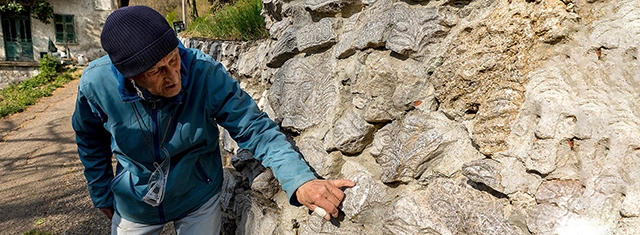
Remo Ponti Sculptor (Quelle: Roberto Magni By Foto ReD Photographic Agency)
For centuries, stone has been both a building material as well as an artistic canvas that can be used to convey emotions, stories and even mystery. A small village in the province of Bergamo, Italy, is now home to a sculptor whos skill in turning stone into art is truly remarkable. Remo Ponti, the man from Albino in the province of Bergamo, is renowned for his ability to carve the very soulinto the stone.
Through his work, he furthers his passion for creating objects of beauty and elegance. From the seemingly ordinary to the extraordinary, Ponti is able to transform a simple piece of stone into an artwork that speaks to the heart showcasing the spirit of his homeland in every piece. Pontis sculptures, be it a portrait or a figure of animals, demonstrate his remarkable ability to capture the essence of his subject and bring it to life.
His work is renowned for its realistic detailing, as he takes inspiration from his environment and the animals that inhabit it. Pontis drive and passion to create sculptures in stone has earned him worldwide recognition and admiration.
Through the vivid beauty of his sculptures, the people of his small village of Albino have become known throughout the world.
Experience the soul of stone with Remo Ponti, the man from Albino in the province of Bergamo, Italy. Join us as we take an in-depth look into his world, the process he uses to create his sculptures and the beauty he brings to the stone.
The «Via delle Pietre» can be admired along the old municipal road between Albino and Nembro (Piazzo locality) in the province of Bergamo Lombardy region in Italy
The photographic reportage and the texts on the sculptor artist Remo Ponti were made by the photographers and journalists Magni Roberto and Daniela Comi By Foto ReD Photographic Agency for their magazine "ReDMagazine"
weitere Informationen: https://www.redmagazine.red
Für den Artikel ist der Verfasser verantwortlich, dem auch das Urheberrecht obliegt. Redaktionelle Inhalte von GDN können auf anderen Webseiten zitiert werden, wenn das Zitat maximal 5% des Gesamt-Textes ausmacht, als solches gekennzeichnet ist und die Quelle benannt (verlinkt) wird.

